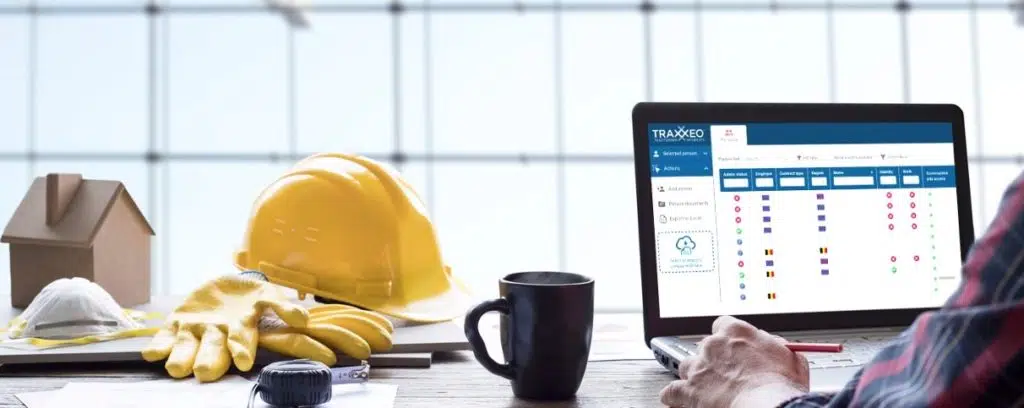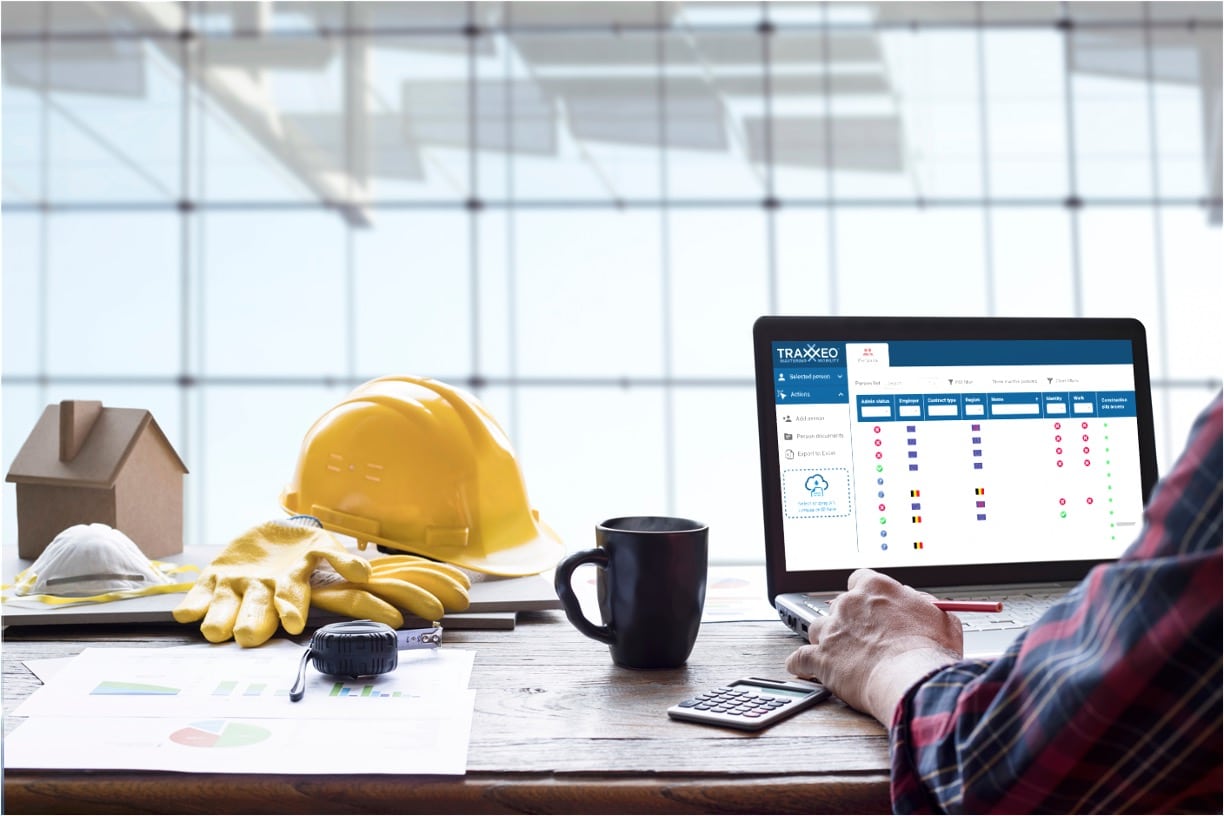Safeguard Your Success: Construction Document Management Techniques for Professionals
Enhancing Process Effectiveness: Architect's Expert Approaches for Building And Construction Paper Administration
In the realm of building layout and building, the precise management of papers stands as a cornerstone for task success. Designers employ numerous methods to enhance operations performance and improve building and construction paper management procedures. From adept company techniques to the combination of collaborative systems and the implementation of safe data monitoring solutions, designers browse a complicated landscape of methods and tools. Among this complexity, a choose couple of specialist techniques have actually arised as important in maximizing workflow effectiveness. These approaches not only guarantee smooth job development yet also hold the crucial to opening boosted productivity and precision in the complex world of building and construction document management.
Key File Company Strategies
When taking care of building and construction records, among the vital techniques that architects use is developing a reliable and organized company system. This system typically entails classifying papers based on their type, such as illustrations, requirements, contracts, and permits. By creating distinct and clear categories, engineers can promptly locate particular information when required, conserving time and reducing errors in the building and construction process.
Within each group, architects additionally arrange documents by using or producing subfolders numbering systems to denote versions or modifications (construction document management). This ordered structure makes sure that one of the most appropriate and existing information is easily obtainable while keeping a record of modifications made throughout the task timeline
Moreover, designers usually utilize digital file administration systems that offer features like keyword search functions, version control, and gain access to constraints to boost company and cooperation amongst task stakeholders. These tools streamline the file retrieval process, advertise real-time updates, and assist in seamless interaction, ultimately adding to the total success of the building task.
Collaborative Platform Integration
To optimize record monitoring performance in building and construction jobs, designers effortlessly integrate collaborative systems to boost interaction and enhance control amongst job stakeholders. By leveraging collective platforms such as project monitoring software program, cloud-based storage systems, and communication devices, engineers can produce a centralized center for all project-related papers and communication channels. These systems enable team members to accessibility, evaluation, and collaborate on documents in real-time, reducing hold-ups and the danger of errors related to standard paper management approaches.
Joint platform combination additionally fosters openness and responsibility within the job team, as all stakeholders have visibility right into the most up to date task updates and alterations. By streamlining interaction and paper sharing, engineers can guarantee that all staff member are functioning from the most updated info, minimizing the chances of conflicts or misunderstandings emerging due to outdated files.
Additionally, collective platforms enable seamless partnership in between engineers, specialists, customers, and various other project stakeholders, promoting a more cohesive and effective task operations. By damaging down interaction obstacles and facilitating information exchange, architects can drive productivity and development in building jobs, eventually resulting in effective project outcomes.
Variation Control Ideal Practices
Applying reliable variation control methods is crucial for keeping document precision and uniformity in building and construction tasks. By developing a clear system for managing alterations, task groups can make sure that everybody is working from one of the most current documents, minimizing the threat of mistakes and inconsistencies during the construction stage.
Among the essential best techniques for variation control is to designate unique identifiers per paper variation. This can be accomplished by utilizing a numbering system or date stamp that plainly suggests the order of revisions. By plainly identifying each iteration, staff member can quickly track the development of the paper and identify one of the most current version.

Automation Tools for Effectiveness

Document control software program, like Procore or PlanGrid, centralizes job documents, making it conveniently accessible to all stakeholders. These platforms allow for real-time partnership, version control, and automated back-ups, guarding versus data loss. Additionally, Building Information Modeling (BIM) software application automates the generation of building illustrations and ensures that modifications are integrated throughout all associated papers.
Incorporating automation devices with cloud storage space options better enhances accessibility and protection. By automating the document management process, task teams can concentrate their time and effort on value-adding tasks, inevitably boosting productivity and project outcomes.
Secure Data Management Solutions
Effectively protecting and managing project information is extremely important in the building and construction market to guarantee privacy and integrity throughout the project lifecycle. Secure data management solutions play an important function in protecting delicate info from unauthorized access or breaches. Building firms can utilize encrypted cloud storage space solutions to safely keep and share job documents with accredited workers. Implementing access controls, such as customer verification and consent settings, ensures that just licensed individuals can check out or modify sensitive information.
Furthermore, using electronic rights administration (DRM) devices adds an additional layer of protection by avoiding the unapproved circulation or replication of project papers. Normal data back-ups are vital to minimize the risk of data loss because of unpredicted circumstances like hardware failings or cyber-attacks. Joint systems go to the website with built-in safety and security functions allow seamless communication and documents sharing amongst task team members while maintaining data stability.
Final Thought
To conclude, applying key document organization techniques, integrating collective platforms, practicing version control finest practices, using automation blog tools, and adopting protected data management services are necessary approaches for boosting workflow effectiveness in building file management. These professional techniques can streamline processes, boost interaction, make sure accuracy, and maintain data security throughout the building and construction job lifecycle.
In the realm of architectural layout and building and construction, the careful administration of documents stands as a cornerstone for task success. These methods not only ensure smooth task development however also hold the vital to unlocking enhanced performance and precision in the intricate world of building file monitoring.
To enhance file monitoring performance in building projects, engineers effortlessly incorporate collective platforms to improve communication and enhance coordination amongst project stakeholders. These systems enable team members to accessibility, evaluation, and collaborate on records in real-time, lowering hold-ups and use this link the danger of mistakes connected with traditional paper management techniques.
Utilizing automation devices in construction record management significantly boosts effectiveness and simplifies processes for task groups. construction document management.